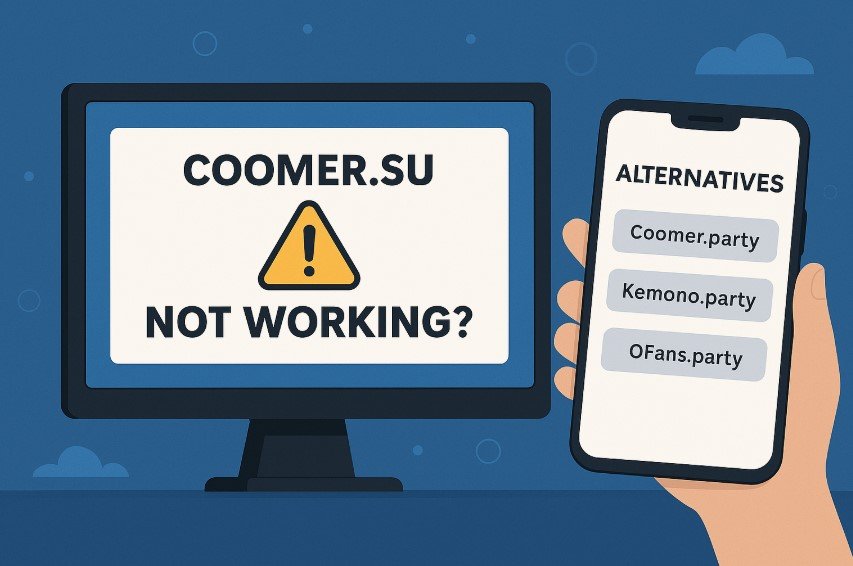Work/life balance and how to enhance it in a disrupted workplace has been a burning topic over the past 3 years. Now that remote and hybrid work is considered the future of work, most employees, especially younger ones are seeking new ways to improve their well-being, making work/life balance their top priority.
Work/life balance trends have and will continue to change driven by technology, company culture shift, and businesses efforts to stay competitive in a tight talent market.
Here, you’ll learn more about the fresh work/life balance approach. You can use these insights to make actionable steps toward improved employee well-being, productivity, and satisfaction.
Eye-Opening Discoveries about Work/Life Balance
A shift to remote work caused by the Covid-19 crisis started as an experiment only to become a preferred work model for most employees that enjoy increased flexibility and improved work/life balance. The severe global health crisis motivated employees to reevaluate their personal goals and core values, bringing significant lessons.
Here are some that shaped the current employee outlook on work/life balance.
Nothing Can Compensate for Disrupted Work/Life Balance
Sufficient compensation for the work delivered is significant but not a predominant factor for choosing or staying at specific workplaces. One of the lessons employees have drawn from the pandemic is that a hefty paycheck can’t buy them heath or more time to spend with family and friends.
The Great Resignation showed that employees started prioritizing their health and well-being quitting often well-paid yet overwhelming, overdemanding, and stressful roles that affected their physical and mental health. Nowadays, employees may often opt for a less-paid position that offers increased flexibility and allows them to balance work and private life.
The Workstyle Significantly Affects Employee Health
Your employee workstyle can determine whether they have enough time to manage their personal affairs and take care of their health and well-being. This said many remote workers may struggle to maintain a healthy lifestyle in terms of exercising, nutrition, and taking breaks.
More importantly, numerous reports have shown that employees who spend their work hours sitting in front of computers are at a greater risk of cardiovascular diseases, depression, and other serious health threats than those who get to move often.
Knowing this, you have to make timely steps to keep your employees healthy and satisfied at work.
The Productivity Myth – Busted
One of the biggest reasons for not allowing remote work before the pandemic was the assumption that employees won’t be as productive working from anywhere as they are in the office.
The fact that remote workers were much more productive than their office-based counterparts was the groundbreaking discovery of the Covid era. Stanford University showed that remote workers’ productivity increased by 13%.
If you still doubt this data, you can involve employee monitoring software and get detailed insight into your employees’ daily productivity and performance.
Micromanagement Is the Thing of the Past
Building effective team management to run a successful business revolves around mutual trust. If you succeed to build and maintain trustworthy relationships with your employees, you’ll create tight-knit and productive teams.
Doing this in remote work environments may be a tall order but it’s achievable. First, you need to abandon micromanaging as a practice because if you hover over employees’ heads to make sure they are efficient and productive, you’ll make them feel frustrated and pressured affecting their performance. More importantly, you’ll show them that you don’t trust them and you can’t rely on them.
The atmosphere of distrust will lead to lower productivity and engagement, higher turnover rates, and affect the company culture and eventually your brand image. But if you rely on the best employee tracking software, you can get insightful data on employee performance, time spent on various tasks and projects, and their web and app usage without constantly disrupting their workflow.
If you use the monitoring data transparently and ethically, you’ll give your employees the freedom to organize their workflows according to their productivity peaks and improve their time management skills, boosting their productivity and performance.
By encouraging work autonomy, and flexibility, and recognizing outstanding achievements, you’ll boost employee engagement and job satisfaction making them more confident and happy about their work.
Work/Life Balanis is Pivotal for Employee Mental Health
You should always focus on your employees’ health, mental and physical. But one of the crucial lessons from the Covid-19 era when remote work was predominant was that remote workers’ mental health should be your top priority.
Even though remote workers enjoy work flexibility and autonomy rarely seen in the office, the loneliness and the lack of in-person interactions can take a toll on their mental health. Many reports show that they often suffered from anxiety, and depression due to the feeling of isolation.
Also, poor work/life balance reflected in working long hours can often lead to burnout leaving devastating consequences on your employees’ mental and physical health.
You can prioritize employees’ mental health in various ways. Start by keeping track of the number of hours spent at work to identify employees who tend to work long hours frequently. Then take decisive action to prevent them from slipping into burnout.
Allow your employees to take a personal day off, no questions asked, when they feel overwhelmed by their work or for any other reason that impairs their engagement and well-being. Offer them professional consultation and help.
Organize workshops promoting employee mental health and well-being through improved work/life balance.
Shortly, go above and beyond to take care of your employees and more importantly encourage them to practice self-care. In this way, you’ll manage a team of happy and healthy employees motivated to give their best at work.





